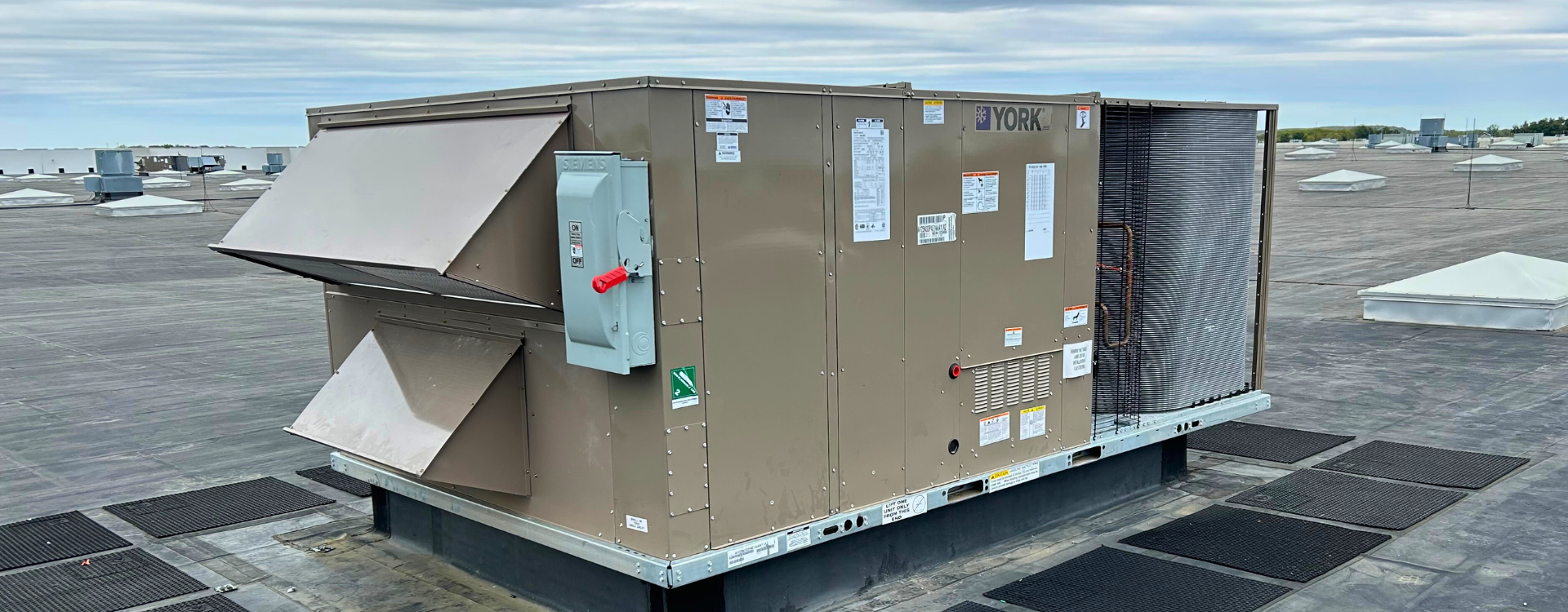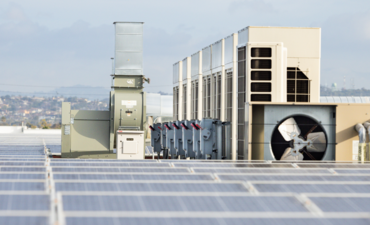
While often overlooked, maintaining good indoor air quality (IAQ) is essential to the health, learning, and overall well-being of students and faculty in K–12 schools. This is especially important in underserved communities, where aging infrastructure and limited maintenance budgets present significant challenges.
Poor IAQ can contribute to health issues that affect academic performance, making it harder for students to concentrate and leading to increased absences due to illness. This, in turn, can widen the educational achievement gap between students in underserved communities and their peers. Additionally, poor IAQ can impact teacher and staff performance, creating added strain on school administration.
Although it might seem small, IAQ and its effects play an imperative role in our education systems — down to the student morale coming to a physically unkept and unsafe building, which doesn't promote inspiration. However, a healthy learning environment can reduce the absence rate, improve test scores, and enhance pupil-teacher learning and teaching productivity.
How to improve indoor air quality in schools
While the U.S. Occupational Safety and Health Administration (OSHA) does not have specific IAQ standards, they do provide guidelines for improving indoor air quality.
There are many air monitoring applications designed to mitigate air quality risks, but the foundation begins with the primary HVAC systems.
The type of air handling unit (AHU) and filters used — ranging from MERV 8 and 12 to MERV 13 HEPA filters, which capture smaller particles — are crucial. Preventative measures, like regular filter changes, are also essential.
Ductwork leakage, inadequate ventilation, and the rate of outdoor fresh air supply to classrooms also play key roles. The outdoor environment and air quality often influence the best strategies for improving indoor air quality. For instance, in urban areas affected by the heat island effect, where outdoor air quality is poor, it may be better to keep windows closed and focus on fan filter units or vertical unit ventilators instead of relying on fresh air intake.
Although this can be challenging for underserved schools, those with larger budgets might consider custom AHUs with built-in ionizers or UV lights, particularly in spaces like cafeterias. Once HVAC performance and air circulation are optimized, indoor air quality can be further improved with cost-effective solutions such as indoor air monitors, CO2 sensors, and portable HEPA filters.
The National Institute for Occupational Safety and Health has a recommended safety checklist program, and self-inspection checklist that school administration can use to address indoor air quality issues in their facilities.
Securing funding for school MEP improvements
Securing funding for building repairs and updates to HVAC, electrical, and plumbing systems is essential. Unfortunately, many places, like Philadelphia, face major challenges due to years of disinvestment. Additionally, environmental justice must be part of the conversation when addressing indoor air quality.
Pennsylvania has begun to tackle the critical condition of its schools, acknowledging the current state of emergency. The Public School Facility Improvement Grant Program, established under Act 34, provides funding for essential upgrades such as heating and air conditioning systems, window replacements, lead and asbestos abatement, and other necessary improvements for eligible schools.
Other organizations to monitor for additional funding include:
- Department of Community and Economic Development: A vital resource for facility improvement grants
- Elementary and Secondary Education Act (ESEA): Offers funding opportunities for educational facilities
- The U.S. Department of Energy (DOE) Renew America's Schools Program: Supports energy-efficient upgrades in schools
- Local Grants: Organizations like the Brook J. Lenfest Foundation and the Barra Foundation provide additional funding opportunities.
These resources are crucial for improving Pennsylvania's school facilities and addressing urgent infrastructure needs.
Planning for future IAQ improvement projects in schools
Improving indoor air quality is not just a matter of maintaining clean air, but is also a matter of ensuring the health, safety, and academic success of students and staff, especially in underserved schools.
Addressing IAQ challenges requires a comprehensive approach, from upgrading HVAC systems to securing vital funding for necessary repairs and improvements. While schools in communities with limited resources face substantial hurdles, targeted investments and the availability of grants provide a path forward.
This article is part of an indoor air quality blog series. Click here to read part one.
Sales Account Consultant
As Sales Account Consultant, Katherine Wright fosters proactive and seamless communication between all parties to ensure exceptional HVAC service delivery. With over five years of experience in mechanical engineering with a focus on HVAC applications, she is passionate about supporting underserved communities and believes that diverse voices, backgrounds, and cultures are key to finding effective solutions.



